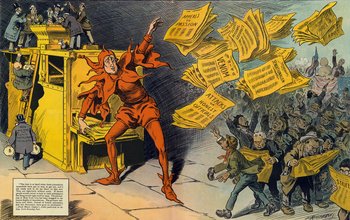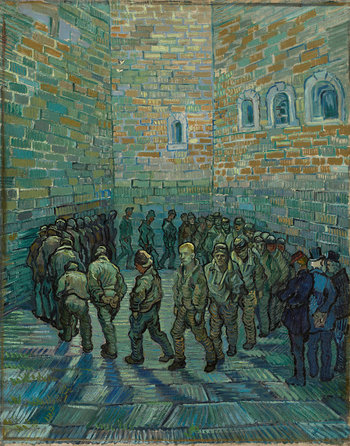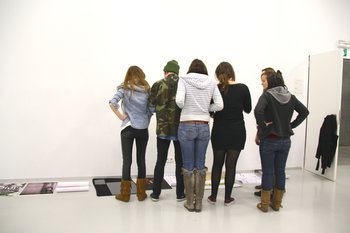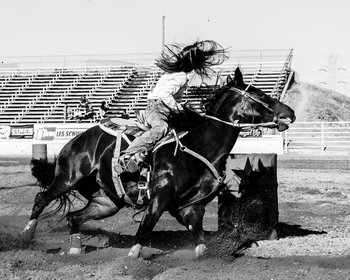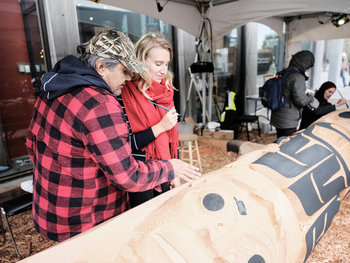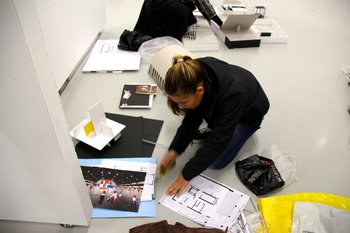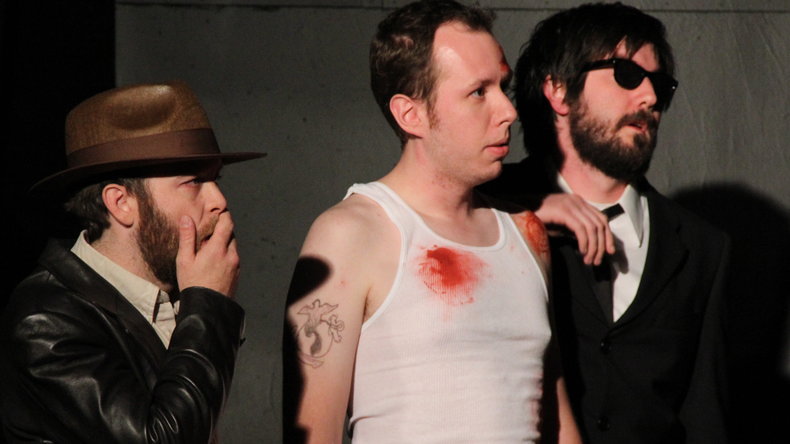
Yes
Participants always build upon each addition to the story and never reject anything. As such, each turn begins with a verbal or implied "yes." As a training exercise, this is interesting as it runs contrary to the tendency in education and corporate environments to constantly apply critical thinking such that it is rare to build on the ideas of others.A: Well, we have to go down to the planet.
B: Yes ...
B: Yes ...
Yes, And
As the story needs to progress, each turn involves adding something to the story known as an offer. An offer can be a location, character, detail or plot development. As such, each turn can be summed up with the rule "yes, and." This requires significant creativity as you need to build on unexpected turns in the story.A: Well, we have to go down to the planet.
B: Yes, Chewbacca got stuck there.
B: Yes, Chewbacca got stuck there.
Don't Block
This is the first rule stated in a different way. It is against the rules to block an offer. Blocking can involve denying or sidelining an offer by ignoring it. It can also involve adding something that makes the offer impossible. The following illustrate these three methods of blocking.Denial:
A: Well, we have to go down to the planet.
✗ No we don't ....
Sidelining:
A: Well, we have to go down to the planet.
✗ (ignores) I need to fix this computer
Rendering Impossible:
A: Well, we have to go down to the planet.
✗ The planet is gone. It blew up yesterday.
A: Well, we have to go down to the planet.
✗ No we don't ....
Sidelining:
A: Well, we have to go down to the planet.
✗ (ignores) I need to fix this computer
Rendering Impossible:
A: Well, we have to go down to the planet.
✗ The planet is gone. It blew up yesterday.
No Passing With Questions
Questions can be used as dialogue but not as a means to pass on your contribution and make others do all the work. For example, using a question to make someone handle their own plot twist.A: Well, we have to go down to the planet.
✗ Why?
A: Well, we have to go down to the planet.
✓ Great, can you help me put on my spacesuit? It's a little tight.
✗ Why?
A: Well, we have to go down to the planet.
✓ Great, can you help me put on my spacesuit? It's a little tight.
Include Everyone
Avoid dominating a scene or giving long monologues. It is also common for improv to involve the audience as a means of proving that the story wasn't preplanned.No Mistakes
Build upon other's mistakes as opportunities. Mistakes are often the peak moments of comedic improv.B: Yes, Chewbacca got stuck there.
C: I have located Chowbaki on the planet, he's at a disco
D: I love your Belgian accent.
C: I have located Chowbaki on the planet, he's at a disco
D: I love your Belgian accent.








